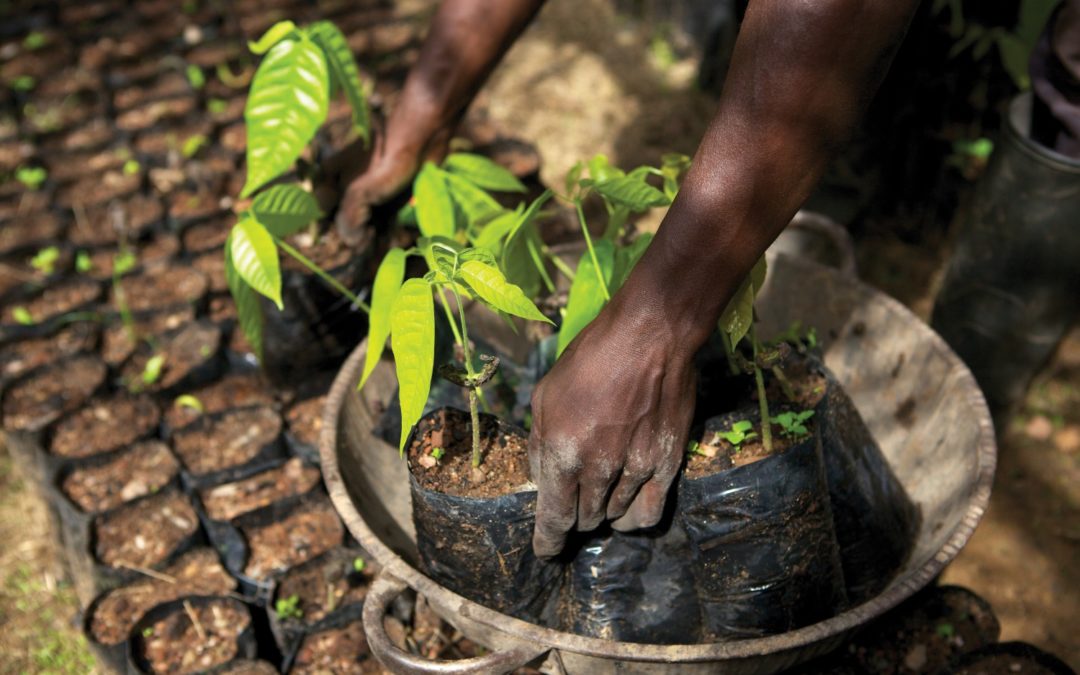Did you know that some of your favourite foods may be produced with child labour? Take chocolate, for instance: 60 percent of its main ingredient, cocoa, is grown in the Ivory Coast and Ghana, where child labour remains widespread.
2 million children in Ghana and Ivory Coast alone are said to be in some form of labour.
Due to the impacts of Covid-19, child labor in and beyond these countries could increase. When children are out of school, they are more likely to be engaged in harmful work. Also, virus-induced restrictions could lead to disruptions in the cocoa supply chain. This could cause economic distress among rural cocoa farmers. A recent report by the International Cocoa Initiative compared more than 50 studies looking at how changes in income impact child labor.
It found that when household incomes or earning opportunities unexpectedly drop, child labor tends to increase. An example from the Ivory Coast shows that a 10 percent fall in income, due to a drop in cocoa price, led to an increase in child labor by more than five percent. Furthermore, cocoa farmers – like everyone else – face risk of infection, which would affect their ability to work. Children of sick parents or children with only one living parent could therefore be relied upon for all the farm work for their family’s survival.
152 million children worldwide are still involved in child labor today.
The International Labour Organisation estimates that a staggering 152 million children worldwide are still involved in child labor today. Most of them, roughly 71 percent, are working in agriculture—work that can be dangerous and exhausting with long hours in the hot sun. The problem is particularly acute in Africa. There nearly half of the child labourers (72.1 million) are found. The majority in agriculture.
But a path to child-labour free cocoa exists……
Find out more by reading the full article. Source: confectionaryproduction.com

